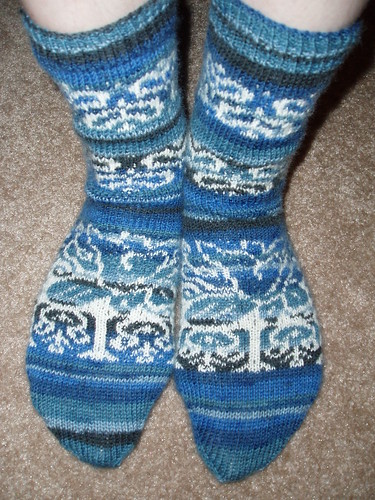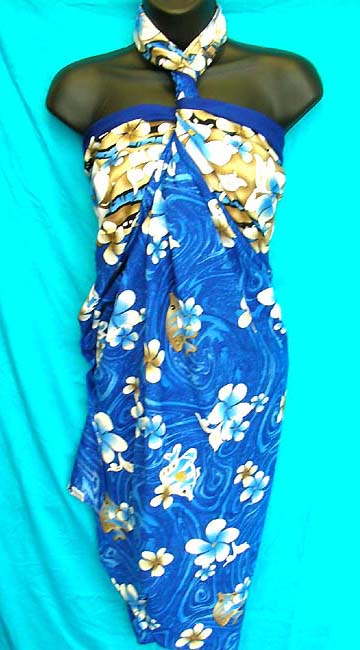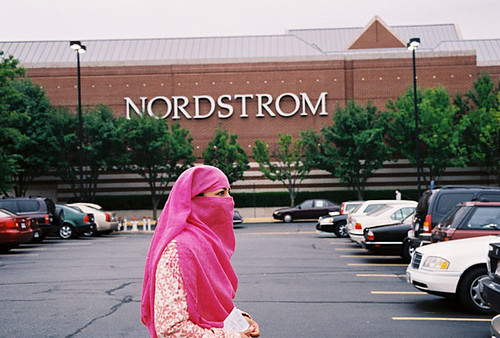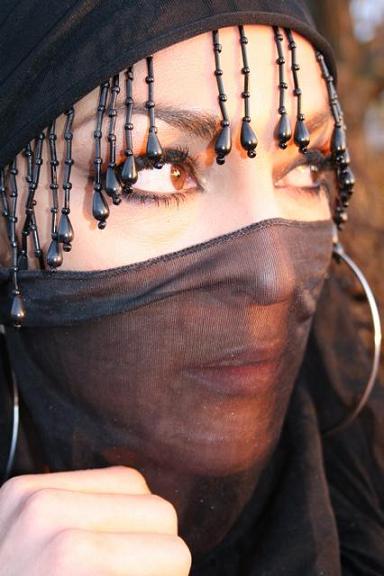In United States usage the term "costume" is used in the sense of "fanciful dress", and so "national dress" is used to avoid this connotation.
Following the outbreak of romantic nationalism, the peasantry of Europe came to serve as models for all that appeared genuine and desirable. Their dress crystallised into so-called "typical" forms, and enthusiasts adopted it as part of their symbolism.
In areas where contemporary Western fashions have become usual, traditional garments are often worn in connection with special events and celebrations, particularly those connected with cultural traditions, heritage, or pride.
In modern times there are instances where traditional garments are required by law, as in Bhutan, where the traditional Tibetan-style clothing of gho and kera for men, kira and toego for women, must be worn by all citizens -- even those not of Tibetan heritage; or in Saudi Arabia, where women are required to wear the abaya in public.
Examples of national costumes
Africa
- Egypt - Galabeya
- Ethiopia - Ethiopian suit (male), Ethiopian coffee dress (female)
- Ghana - Kente cloth, Ghanaian smock
- Morocco - Djellaba (male), Fez hat, Takshita (female)
- Nigeria - the Agbada, or Grand boubou (male), Wrapper (female), Kufi, Aso Oke Hat
- Senegal - Senegalese kaftan (male), Kaftan (female)
- West Africa - Dashiki, Kufi
- Zanzibar - Gowni
Americas
- Canada - Tuque, Anorak, Ceinture fléchée
- Chile - Huaso costume
- Mexico - sombrero, Mariachi suit, Charro suit, Huipil, Rebozo, Sarape
- Brazil - Baiana suit, Pilcha
- Panama - Pollera
- Peru - Chullo, Poncho
- United States - Various forms of Native American clothing. Traditional dress in Texas and the Southwest includes Cowboy Hats and boots, and bolo ties. Traditional dress for Clogging and Square dancing
Asia
East Asia
- China - Hanfu, Changshan (male) and Qipao (female); more recently Mao suit (esp. in PRC political circles)
- Japan - Kimono
- Korea - Hanbok
South Asia
- Bangladesh - Pajamas and Lungi, Kurta/Panjabi (male) and Sari, Shalwar Kameez (female)
- South India - Dhoti and Lungi, Kurta (male) and Shalwar Kameez (female), Sari, Turban
- Maldives - Dhivehi libaas (women) Sarong, long sleeved white shirt (men)
- Nepal - Daura and Sharwal, (male) and Sari, Gunyo Cholo (female)
- Pakistan - Shalwar Kameez (male and female),Sari (female), Turban
- Sri Lanka - Dhoti and Lungi, Sari
Southeast Asia and Pacific
- Cambodia - Sampot
- Hawaii - Hawaiian Shirt
- Indonesia - Batik, Kebaya (female)
- Malaysia - Baju Melayu (male), Baju Kurung (women), Baju Kebaya (women),Sarong
- Myanmar - Lungi
- New Zealand - Maori Flax Skirts
- Philippines - Barong Tagalog (male) and Baro't saya (female)
- Thailand - Suea Phra Ratchathan (male) and Thai Chakkri, Thai Boromphiman, Thai Siwalai, Thai Dusit, Thai Chakkraphat, Thai Amarin, Thai Chitlada, Thai Ruean Ton (female), Sampot
- Tonga - tupenu and ta'ovala
- Vietnam - Áo dài (women) and Áo gấm (men), Áo tứ thân (women)
Europe
- Albania - Albanian Traditional Clothing
- Austria - Tracht, Dirndl
- Bavaria - Dirndl, Lederhosen
- Bohemia - Kroje
- England - Pearly Kings and Queens, Morris dancer costumes
- France - Breton shirt, Beret
- Germany - Tracht (Southern Germany only), Lederhosen, Dirndl
- Greece - Fustanella, Peplos
- Iceland - Þjóðbúningurinn
- Republic of Macedonia - Traditional clothing
- Malta - Għonnella (Faldetta)
- Moravia - Kroje
- Netherlands - Dutch cap, sabot
- Norway - Bunad
- Rome - Toga, Stola
- Russia - Sarafan, Ushanka
- Scotland - Kilt, tam o'shanter, Aboyne dress
- Sweden - sverigedräkten
- Wales - Welsh hat
Middle East
- Afghanistan - Kurta (male) and Shalwar Kameez (female), Burqa, Turban
- Arab world - Abaya, Fez, Keffiyeh, Taqiyah, Hijab (by Muslims)
- Iran - Chador
- Israel - Yarmulke, Tallit, Tefillin (religious clothes of Jewish people), Tichel/Sheitel/Snood/Shpitzel, Tzniut
- Turkey - Fez (male), Yashmak (female), Islak (long shirt), and Shalwar (pants)
Source : http://en.wikipedia.org/wiki/National_costume


 The Korean costume is called hanbok. It is characterized by simple lines and no pockets. The women¡¯s hanbok comprise a wrap skirt and a bolero-like jacket, and the men¡¯s, roomy pants bound at the ankles and a short jacket. Hanbok are worn by Koreans of all ages, particularly on traditional holidays and when attending social affairs having a Korean overtone.
The Korean costume is called hanbok. It is characterized by simple lines and no pockets. The women¡¯s hanbok comprise a wrap skirt and a bolero-like jacket, and the men¡¯s, roomy pants bound at the ankles and a short jacket. Hanbok are worn by Koreans of all ages, particularly on traditional holidays and when attending social affairs having a Korean overtone. In the late thirteenth century Koryo, the kingdom that ruled Korea from 918-1392, became a vassal state of Mongolia during the Mongol Chinese Yuan Dynasty. Its twenty-fifth ruler, Ch¡¯ungnyol-wang (r.1274-1308), took as his wife a princess from the court of Kubla Khan and began dressing in Mongol fashion. It is said that within three years of his ascendance to the throne, every official in the Koryo court had shaved his head except for a patch of hair in the middle and had adopted the dress of the Mongolian plains people. During the short time Koryo was a Mongol vassal, three kings were born to Korean-Mongolian queens, which had quite an effect on the social and fashion trends of the times. The skirt (ch¡¯ima) was shortened as was the vest (chogori), which was hiked up above the waist and tied at the chest with a long, wide ribbon instead of belted and the sleeves were curved slightly.
In the late thirteenth century Koryo, the kingdom that ruled Korea from 918-1392, became a vassal state of Mongolia during the Mongol Chinese Yuan Dynasty. Its twenty-fifth ruler, Ch¡¯ungnyol-wang (r.1274-1308), took as his wife a princess from the court of Kubla Khan and began dressing in Mongol fashion. It is said that within three years of his ascendance to the throne, every official in the Koryo court had shaved his head except for a patch of hair in the middle and had adopted the dress of the Mongolian plains people. During the short time Koryo was a Mongol vassal, three kings were born to Korean-Mongolian queens, which had quite an effect on the social and fashion trends of the times. The skirt (ch¡¯ima) was shortened as was the vest (chogori), which was hiked up above the waist and tied at the chest with a long, wide ribbon instead of belted and the sleeves were curved slightly.







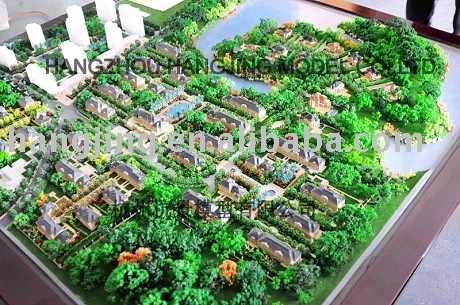
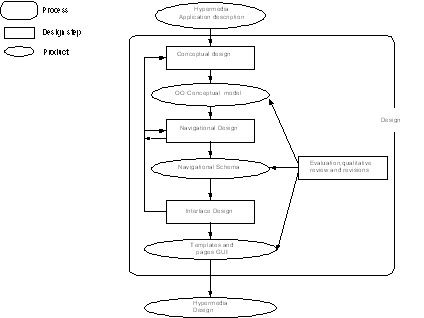

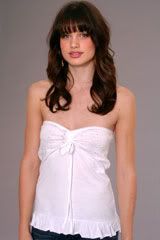 from Urban Outfitters
from Urban Outfitters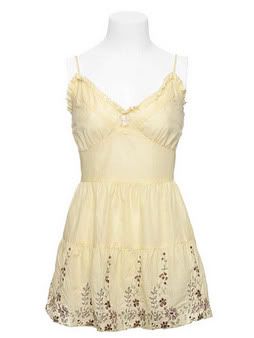 from Guess
from Guess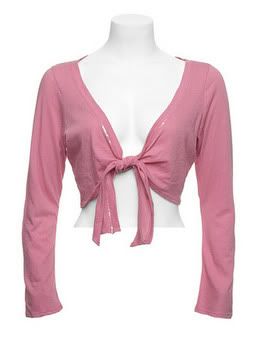 from Guess
from Guess Jeans by Blue Cult
Jeans by Blue Cult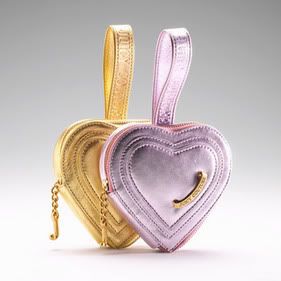 Juicy Couture Heart-shaped Wristlet
Juicy Couture Heart-shaped Wristlet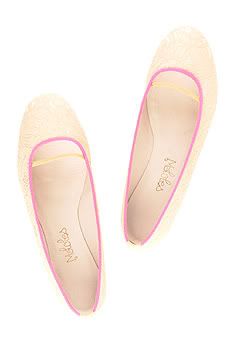 Maloles ballet flats
Maloles ballet flats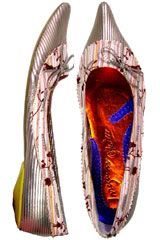 Irregular Choice flats
Irregular Choice flats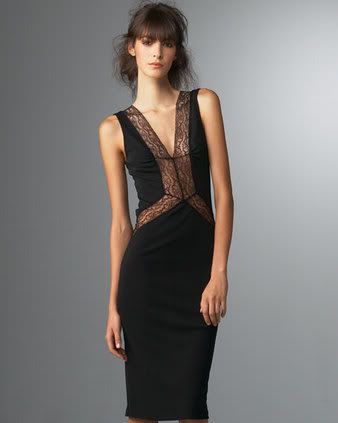
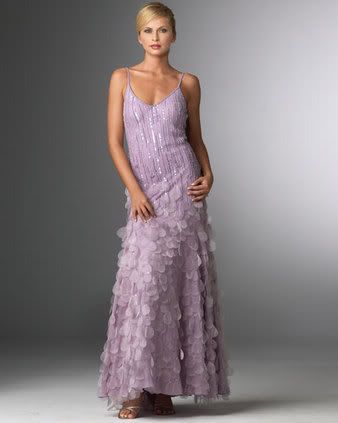
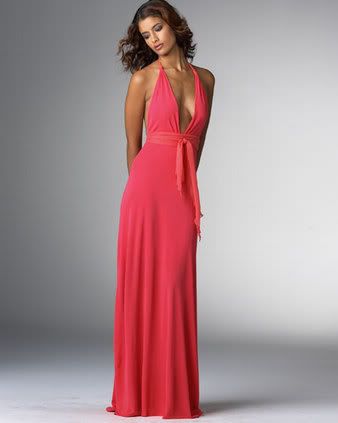
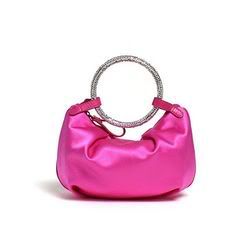 by Kate Spade
by Kate Spade from Miu Miu
from Miu Miu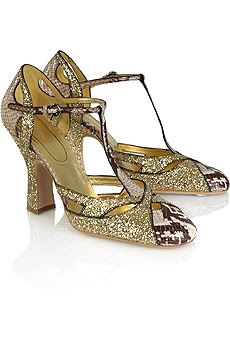 from Miu Miu
from Miu Miu




